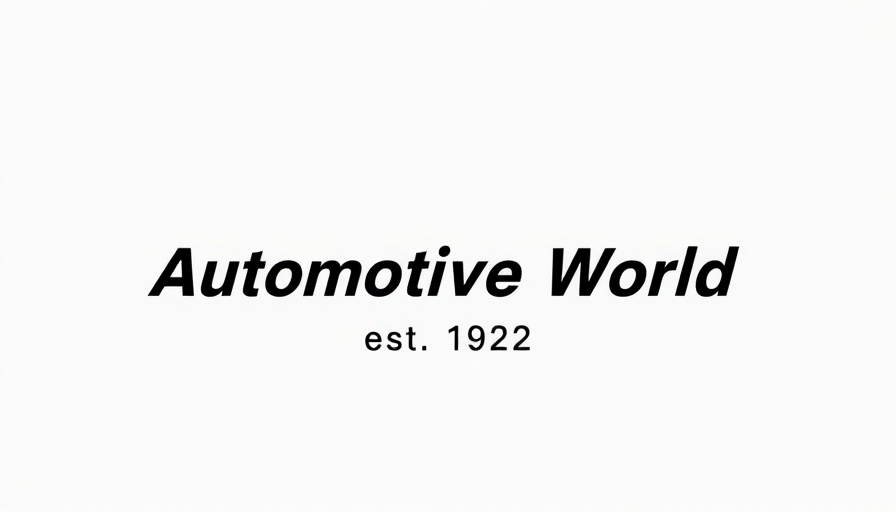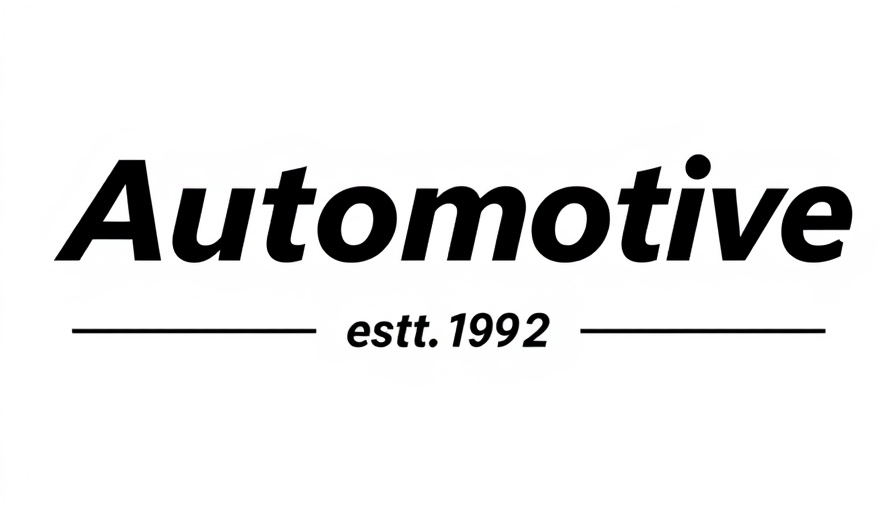
Revolutionizing Touch Experiences: Boréas and the NIO ET9
In an age where technology is rapidly evolving, the fusion of haptic feedback and automotive design is setting new standards. Boréas Technologies, a trailblazer in third-generation piezo-based haptics, has made waves with its integration into the luxurious NIO ET9, a smart electric vehicle that aims to redefine user interaction. With the TUI Bar touch interface featuring Boréas' advanced haptic module, this vehicle emerges as a frontrunner in the tech-luxury EV segment.
The Future of Luxury Automotive Interfaces
The NIO ET9 touts the TUI Bar as a significant innovation in user interface design, heralded by Felix Wu, NIO's Head of Digital Space Experience. By leveraging Boréas’ piezo technology, the TUI Bar delivers sharp tactile feedback compared to the older Linear Resonant Actuator (LRA) technology, known for its unsatisfactory response. This advancement enhances not just engagement but ensures that drivers can focus more on the road while still enjoying a sophisticated touch interaction with their vehicle’s infotainment system.
Benefits of Enhanced Haptic Feedback
With precise haptic feedback, users can feel a reassuring confirmation each time they select a function in the car’s interface. This contributes to safer driving—as demonstrated by studies indicating that drivers benefit from tactile feedback, which minimizes distractions. As Simon Chaput, President and Founder of Boréas Technologies, stated, the collaboration between NIO and Boréas has achieved a remarkable blend of luxurious design and functionality that is bound to elevate user satisfaction.
Customized User Experiences with TUI Bar
The clever three-zone structure of the TUI Bar distinguishes driver and passenger controls, enabling a tailored experience for all occupants. This feature exemplifies how modern automotive design can accommodate various interactions: from adjusting media settings to controlling volume—all while ensuring that these functionalities can be managed with one to three-finger gestures. Such design not only speaks to innovation but also to the ever-growing demand for personalization in the automotive sector.
Why This Matters for Auto Dealers
For dealership owners and GMs, understanding these technological advancements is crucial. The NIO ET9 represents a shift towards vehicles that offer more than just transportation—they provide an interactive experience. Incorporating such innovations in training programs for sales personnel can significantly enhance their understanding and ability to market vehicles. Auto salesman training should embrace these breakthroughs, equipping teams with the insights necessary to highlight such advancements to potential buyers.
Act Now for Continuous Improvement
As the automotive industry progresses at breakneck speed, staying informed about key innovations like the Boréas haptic module is essential. Dealers should consider adapting their auto sales training methodologies to incorporate hands-on demonstrations of these new technologies, ensuring that sales teams can effectively communicate the value of enhanced touch experiences in vehicles.
 Add Row
Add Row  Add
Add 

 Add Row
Add Row  Add Element
Add Element 




Write A Comment